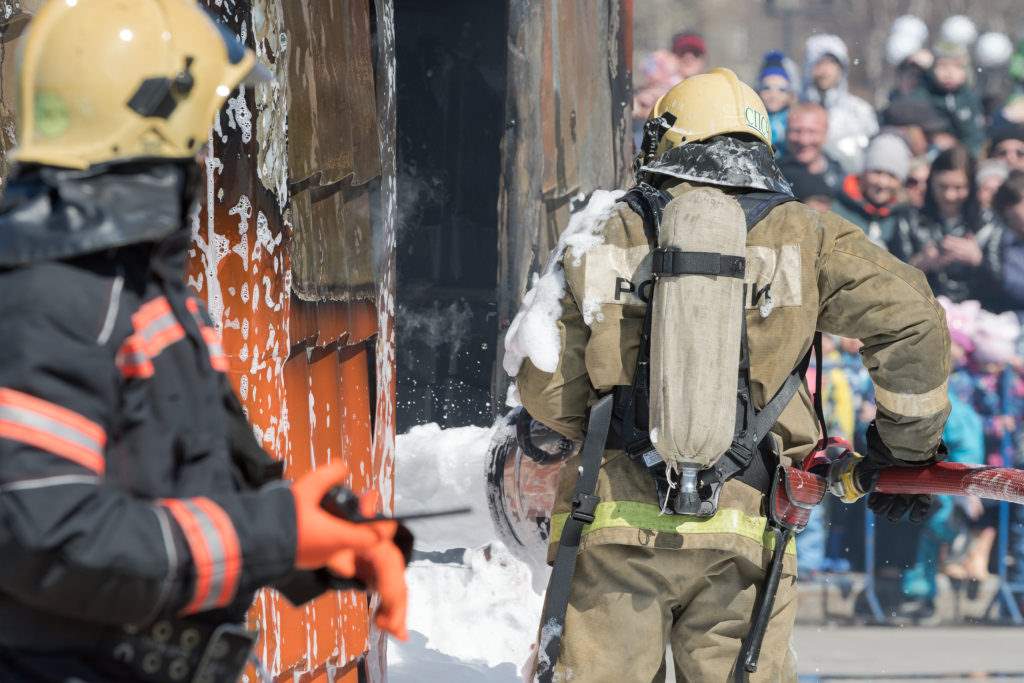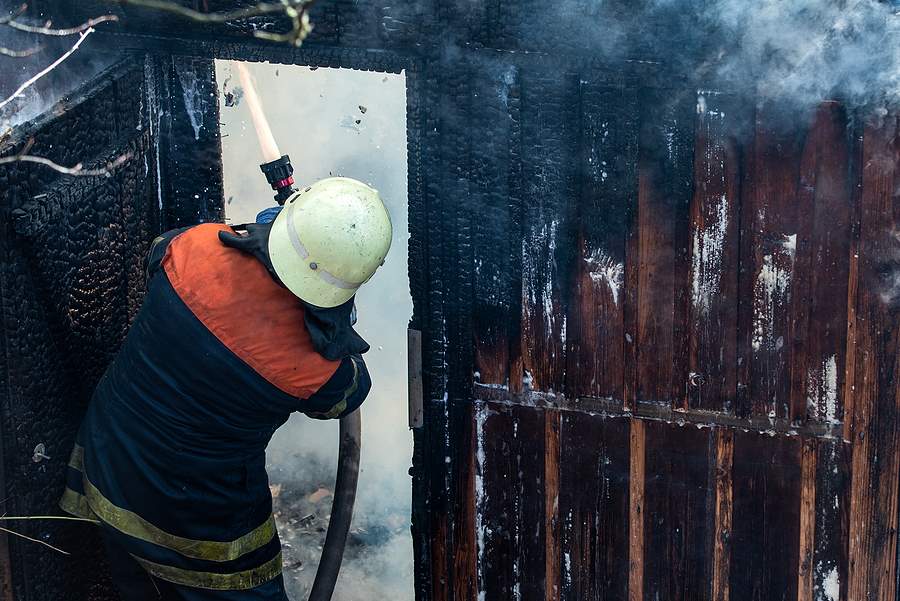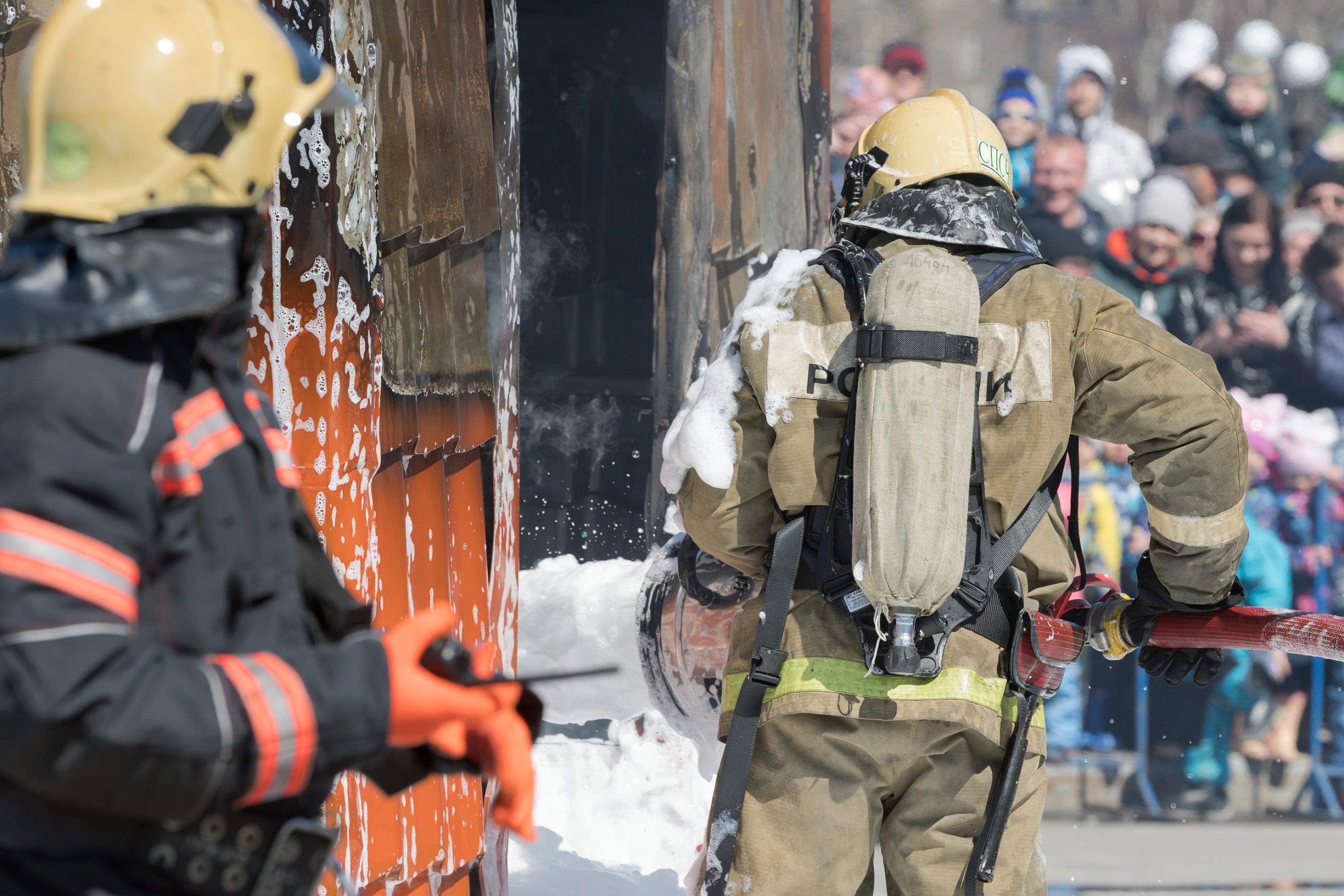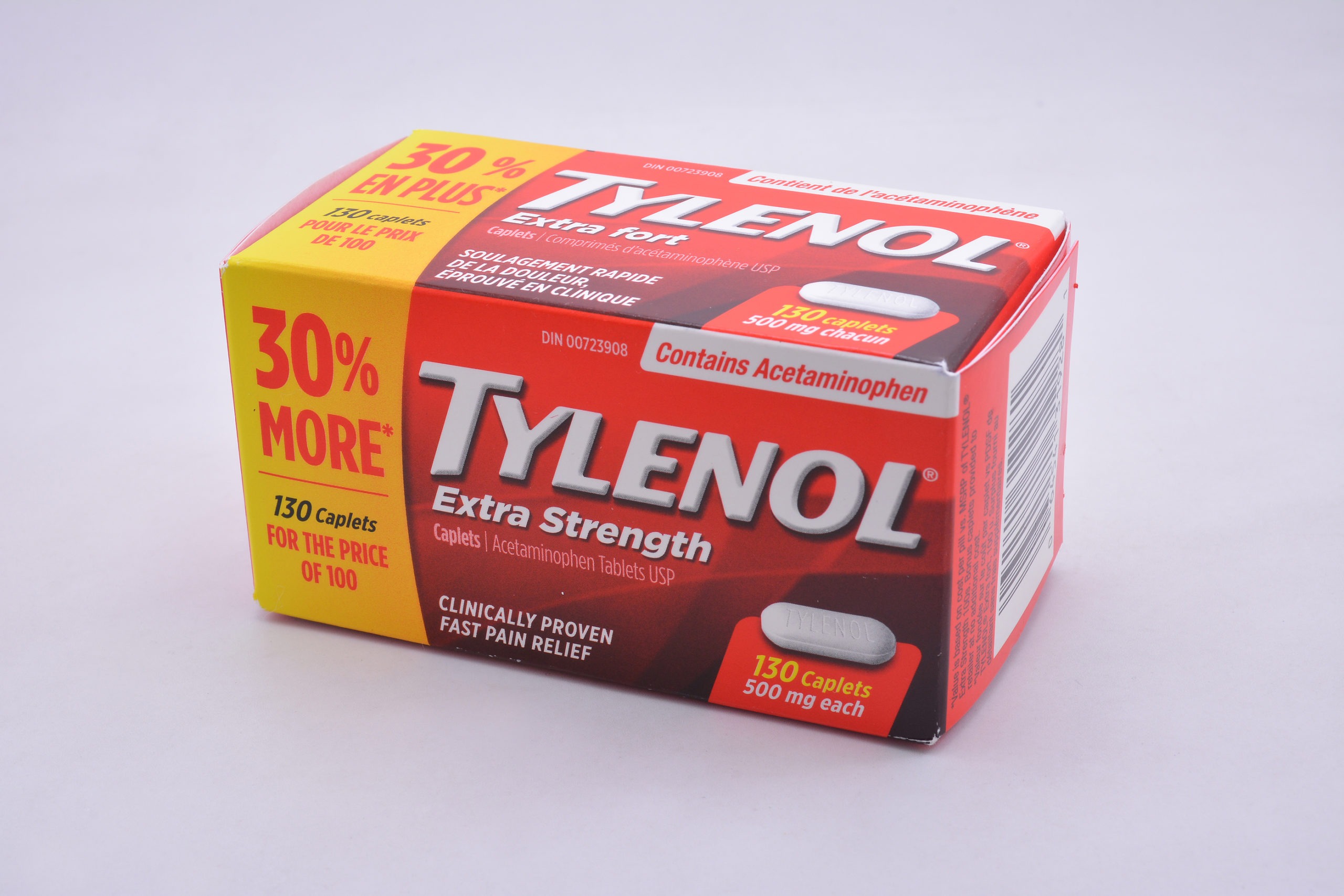Firefighters might face danger every day during their careers. These brave people risk their lives to protect other people and their property. Many of the hazards they face are obvious, but some are less known.
One of these hidden dangers is aqueous film-forming foam, also known as AFFF foam.
Table of Contents
What Is Aqueous Film Forming Foam?

AFFF foam fights flammable-liquid fires, such as fuel fires on ships. Although it is water-based, it forms a foam that creates a film that deprives the fire of oxygen and causes it to go out. Because of their relative densities, plain water alone cannot stop oil and petroleum fires. The film also prevents the fire from spontaneously reigniting.
AFFF foam cools and smothers the fire and separates the fire from the fuel. This makes it a very effective fire suppressant. Unfortunately, some chemicals often used to create the foam are toxic and potentially carcinogenic. Specifically, these chemicals are perfluorooctane sulfonate (PFOS) and perfluorooctanoic acid (PFOA). They are part of a class of chemicals called per- or polyfluoroalkyl substances (PFAS), also known as “forever chemicals” because of how long they take to break down in the environment.
Due to the known toxicity, manufacturers have phased out the use of both chemicals in new AFFF, but the older stock may still contain them. More senior and retired firefighters may have had significant exposure to these chemicals. Such exposure likely also affected military veterans involved in firefighting.
The National Fire Protection Association (NFPA) has developed a roadmap to help all firefighting groups complete a transition to fluorine-free foam and to protect firefighters in the interim by establishing best practices. This type of AFFF foam is now banned in multiple U.S. states and other countries, including Australia.
Another exposure risk for firefighters is that several household items and common textiles may release similar chemicals when they burn, resulting in further exposure while fighting the fire. Also, people who live around military bases or who work at companies that use similar chemicals may also be at risk.
What Are the Health Risks of AFFF Foam?
Various illnesses are associated with long-term exposure to PFOS and PFOA. In small doses, these chemicals are not dangerous (such as if you walk past the site of a fire). But with longer exposure, you may have a higher risk of:
- Adult-onset asthma (or worsening of existing asthma)
- Weakened immune system
- Thyroid disease
- High cholesterol
- Reduced fertility
- Liver damage
- Ulcerative colitis
PFOS and PFOA exposure can be particularly dangerous if you are pregnant, and it can result in a low birth rate, slow growth of your child, and pregnancy-induced hypertension that can lead to preeclampsia. It may also impact the development of the child’s immune system and cause a poor response to vaccines.
While these chemicals are not proven carcinogens, there are also links to increased incidences of testicular, kidney, and bladder cancers. They may also be associated with other cancers of the reproductive system. FEMA recommends replacing old stocks of AFFF with fluorine-free foam solutions known to be safer rather than using the older, toxic foam.
What Are the Environmental Issues Associated With PFAS?
In addition to the health risks to humans, these chemicals may cause long-term environmental damage since they take so long to break down. Unsurprisingly, PFAS can harm wildlife just as they do humans. This includes fish that humans might catch and eat.
How Can Firefighters Reduce Their Exposure to AFFF Foam?

Thankfully, flammable liquid fires best treated with this foam are relatively rare. The downside is that firefighters lack practice in safely handling the foam.
FEMA recommends that fire departments replace AFFF stocks, but if the fire departments can’t do this immediately, then firefighters should:
- Wear full personal protective equipment (PPE) and a self-contained breathing apparatus (SCBA) when handling AFFF. This includes while they are disposing of old stock.
- Remove and bag the PPE before transporting it anywhere.
- Use cleaning wipes on their face, neck, and hands immediately.
- Clean all contaminated PPE and SCBA equipment thoroughly before its next use.
- Shower within one hour of returning to the station or home. If returning home, avoid contact with other household members until you have showered.
If you live near a military base or an airport with a risk of PFAS contamination in your water, you should use a granulated activated carbon or reverse osmosis water filtration system to filter all drinking water, including water given to pets. You should also filter water added to fish tanks or used to irrigate food plants, including in-home hydroponic systems, because PFAS can build up in plant tissue. Evidence shows that PFAS can harm pets and livestock, causing liver, kidney, and immune system damage, as well as cancer.
AFFF Cancer Lawsuits and Legal Remedies
Many firefighters experiencing long-term health concerns, including cancer, and their families, have started seeking legal remedies.
Military firefighters and personnel face the highest exposure because they are more likely to fight flammable liquid fires and do more training exercises. Airport firefighters are also at high risk, as AFFF is often used to fight aviation fires that firefighters must put out very quickly.
3M, a major foam manufacturer, has promised to cease using PFAS in all products by 2025. It faces multidistrict litigation (MDL) and has been sued by numerous individual plaintiffs, several water districts, and the states of New York, Ohio, Wisconsin, North Carolina, and New Mexico. This is not a class action lawsuit but rather a large number of lawsuits brought together in a single court to increase efficiency and consistency. The first bellwether trial is currently set for June 2023, involving a municipality, not an individual.
Victims have accused 3M of knowing that PFAS were toxic for many years but continued to use them and lied about it since the 1970s. Not all of the AFFF lawsuits are about personal injuries to firefighters. Others blame 3M for groundwater contamination around military bases, airports, and industrial sites.
Victims filed various other lawsuits, including an interesting case between East Hampton Town and East Hampton Village in New York state. The village sued the town for using and storing AFFF at the airport. East Hampton Town owns the airport, but East Hampton Village oversees the fire department. The town also argued that the village stores AFFF in unknown locations, causing significant contamination of local wells.
Sometimes the military itself stores the chemicals. The law mostly shields the military from PFAS-related lawsuits, meaning most victims must go after the manufacturer, even when the military stores and uses AFFF.
Like all government employees, military personnel have discretionary function immunity. If the person thought the action was in the cause’s best interest, they cannot face legal liability. Putting out aviation fires is an important cause that protects bases and their personnel. The Pentagon, thus, has escaped the MDL against 3M and other companies. Meanwhile, the Department of Defense is working on cleanup operations and phasing out this foam.
Plaintiffs may be able to hold fire departments liable. Another multidistrict case in Charleston, South Carolina, may determine that fire departments need to shoulder the considerable clean-up costs of using AFFS. These costs may exceed the budgets of volunteer fire departments, which constitute 64 percent of all fire departments nationwide.
Fire departments may also face challenges if they cross state lines to help with a crucial incident requiring foam. If they are from a state that has not banned PFAS, but their neighbor state has these bans in place, their insurance may not reimburse them for clean-up costs, not to mention fines and other fees.
The Status of Firefighting Foam Legislation
California, Colorado, Connecticut, Illinois, Maine, Maryland, New Hampshire, New York, Vermont, and Washington ban PFAS in firefighting foam. Washington was the first state to restrict its use in 2018. That initial ban exempted oil facilities, chemical plants, and airports, but in 2020, Washington removed the exemptions.
Airports are the most commonly exempted due to a lack of alternatives for fast-moving aviation fires.
In April 2022, the federal government introduced the PFAS Firefighter Protection Act, prohibiting AFFF from containing PFAS. This bill died in committee, and the new Congress has not reintroduced it. Legislation at the state level, however, is ongoing. For example, Minnesota is considering a ban, including banning PFAS in products intended for children under 12.
The situation in airports is more complicated. The FAA requires that airport fire departments use AFFF, specifically fluorine-based surfactants. Not only that, for many years, the FAA required that airport fire departments discharge these chemicals regularly to test their systems.
While these AFFFs now contain no PFOS and PFOA, they may have other PFAS.
The FAA standards match those used by the Department of Defense (DOD), which invented AFFF. The DOD has since updated the standard, no longer requiring PFAS-based foams and ending their purchase in October 2023 and use in October 2024.
This frees civilian airports to use PFAS-free foams, which have successfully been used internationally for years. It also eliminates issues such as airports in Washington State being both required to use these foams and banned from doing so simultaneously.
There are also developments in equipment that tests firefighting functions without discharging foam.
Another attempt to ban PFAS in firefighting foam at the federal level will likely come soon. The current Congress has other priorities, but a changing legislative landscape may make a nationwide ban easier to pass. Notably, the EU restricts these chemicals, which puts pressure on U.S. companies to stop using them in consumer goods.
Firefighters (and, in some cases, their families), especially military firefighters, were exposed to these chemicals for years, causing multiple health issues, including cancer. While it is hard to sue the DOD, an MDL against manufacturers is possible. The legal pressure put on manufacturers by these suits means they may voluntarily phase PFAS-based foams out of production.
The legislative climate also favors bans at the state and federal levels. In the meantime, affected firefighters and their families can pursue a legal remedy for injury caused to them or their children by AFFF. If you are a victim and need guidance, contact an experienced AFFF cancer lawyer for your free consultation.
What to Do After an AFFF Firefighting Foam Cancer Diagnosis?

Cancer diagnoses related to AFFF firefighting foam exposure can include the following:
- Kidney cancer
- Pancreatic cancer
- Testicular cancer
- Liver cancer
- Breast cancer
- Lymphoma
- Leukemia
- Non-Hodgkin’s Lymphoma
- Ovarian cancer
- Prostate Cancer
- Bladder cancer
If you worked for a fire department or currently work for a fire department, you may have been exposed to AFFF foam. Perhaps you worked directly for the Navy or for an airport, where fire suppression efforts frequently include those chemicals, and you or your doctor suspect that AFFF exposure contributed to your diagnosis. Those who had multiple exposures over a long period of time experience the most severe consequences.
Now what?
The steps that you take following your diagnosis can not only protect your physical health but also your finances. Follow these steps to help improve your chances of bringing a successful AFFF cancer claim:
- Work with your doctor to create a comprehensive care plan.
Many of the firefighting foam cancer types associated with AFFF exposure show few signs in their early stages. As a result, by the time you notice symptoms, your cancer may have progressed substantially. In some cases, you may need aggressive treatment to help slow the spread of your cancer and increase your likelihood of recovery.
Your care plan may include several steps.
- Chemotherapy. Chemotherapy delivers powerful chemicals that kill the fastest-growing cells in your body, including cancer cells. While it does aid in treating and decreasing the spread of cancer, it can also cause a host of side effects as the chemotherapy also impacts other cells throughout the body.
- Radiation. Targeted radiation delivers beams of energy directly to cancer cells, helping to kill the cancer. Some types of cancer respond well to radiation treatments.
- Immunotherapy. Immunotherapy helps your immune system fight cancer. It removes immune cells from the body, reprograms them, and places them back in the body to help the patient fight cancer.
- Surgery. In the case of many cancers, surgery can help remove cancerous cells and slow or stop the spread of cancer. In some cases, such as advanced breast cancer, surgery may require the removal of the affected body part. In other cases, doctors may remove tumors and/or some of the surrounding tissue to help treat the cancer.
- Palliative care. In addition to the other measures used to treat cancer, your doctor may recommend palliative care: a strategy that helps relieve discomfort and manage the symptoms associated with both cancer and cancer treatments.
Discuss your treatment options with your doctor carefully and begin treatment for your cancer as soon as possible. Not only can prompt treatment help improve the outcome of your diagnosis, but it can also provide vital evidence that you have taken the steps necessary to address your cancer. Showing that you sought treatment and did your best to recover can make it easier for you to get the funds you deserve from an AFFF cancer lawsuit following your cancer diagnosis.
- Get in touch with experienced firefighting foam cancer lawyers as soon as possible.
Once you receive a cancer diagnosis, contact an experienced AFFF law firm to discuss your right to compensation and whether you can file a claim against the company that produced the AFFF that caused your cancer. You need a Firefighting foam attorney who will keep your best interests in mind and, if necessary, go to bat for you to help you seek the compensation you deserve.
Look for an attorney who:
- Has extensive experience in serious and catastrophic injury claims, including claims against AFFF manufacturers. You want an attorney who knows the court system, what to expect from your claim, and understands the law with regard to your cancer diagnosis and AFFF exposure.
- Will meet with you at a convenient time and place. You may want an attorney who will come to you rather than requiring you to come to them as you undergo cancer treatments. In other cases, you may prefer an attorney who can meet with you virtually, especially if you have a type of cancer or need a kind of treatment that may dampen your immune system.
- Communicates with you in the manner you prefer. Talk to potential attorneys extensively about their communication style. What method do they prefer to use to communicate? How often will the attorney connect with you? Ask the attorney when you can expect to hear from them and whether they will communicate with you if they have nothing to report.
- Contact your health insurance company.
If you carry health insurance, whether it’s private insurance or an employer health insurance plan, contact your health insurance company to let them know about your cancer diagnosis. This can streamline the approval of any treatments or procedures you need for cancer treatment since your insurance company will know about your diagnosis and act accordingly.
You may also want to question your insurance company about your benefits so that you can make plans for your treatments.
Issues Related to AFFF Cancer Medical Treatment and Bills
How much should you expect to pay out-of-pocket for treatments and procedures? Most insurance policies include both deductibles and copays that you can expect to pay. These amounts represent the percentage of your medical bills you must take responsibility for despite your insurance.
Make sure you have a solid understanding of your medical expenses and how they will impact you during your treatment. Keep in mind that copays and deductibles renew annually and may start over if you change insurance for any reason, including a change in employers or a change in your employer’s insurance company during your treatments.
What is your out-of-pocket maximum each year? In addition to established copays and deductibles, you may have an out-of-pocket maximum that represents the maximum amount you will have to pay for medical treatments each year. That amount resets at the beginning of each year. Ask your insurance company about your out-of-pocket maximum. You should also ask about anything you will still have to pay for after that amount. Is there any area in which that maximum does not apply? What bills should you expect to receive after you meet that amount, if relevant?
Who are your in-network providers for cancer treatment? Some insurance companies set up their coverage in tiers. You may have one tier for preferred providers, one tier for non-preferred providers, and another tier for providers they do not cover at all. In some cases, you may need to go outside your insurance company’s preferred network to receive the best treatment for your cancer, but you need to know ahead of time that you have moved out of that network.
Consult with your insurance company to learn what coverage you have and what providers you can use in-network. Establish how the different provider tiers can influence your copays and deductibles. You may, for example, have a separate deductible for each tier, and you may find that your copays increase as you move away from your company’s preferred providers.
What AFFF Cancer Treatments Does Your Insurance Cover?
You may already have discussed a clear care plan with your doctor that includes options for your treatment. Before you make a final decision, you may need to know what coverage your insurance company offers. Talk to your insurance company about the different treatments or procedures you may need.
Ask about:
- Surgical treatments
- Hospital stays
- Durable medical equipment, especially if you know you will need treatments that may require medical equipment or assistance for the rest of your life
- In-home care, especially if you would like to spend as much time at home as possible and do not have a caregiver who can take care of you
- Palliative care
You may also want to ask your insurance company about coverage for any optional equipment. For example, fatigue and weakness may cause you to need a wheelchair to get around, but since you do not need the wheelchair for your cancer diagnosis, the insurance company may not automatically approve it. Ask about any steps you may need to take to get those expenses approved.
- Get in touch with your employer and notify them about your diagnosis.

You need to notify your employer about your cancer diagnosis as soon as possible. Once you have worked out a treatment plan with your doctor and have an idea of how it will proceed, you will need to share that information with your employer.
If you have a minor cancer diagnosis that will have little impact on your ability to do your job, you may choose to notify the HR department or your boss, or you might want to keep your diagnosis private for the time being. On the other hand, if you have a severe diagnosis that has the potential to have a huge impact on your life and your ability to complete your daily work responsibilities, you may need to get in touch with your employer as soon as possible.
Consider:
- Can you work during cancer treatments? Some people can continue working as usual during cancer treatments. Others, especially those in highly demanding positions, may not have the strength or energy to take on their usual job tasks. Discuss your doctor’s recommendations with your employer. Remind your employer that your needs could change during your cancer treatments, and let them know that you plan to keep them informed throughout the process. You may need time off to recover from surgery. Some people can work on days they do not directly receive chemotherapy treatments but may not have the ability to work on treatment days due to scheduling or other needs.
- What changes can your employer make that will make it easier for you to continue to complete your work responsibilities during your treatments? You may need a more flexible schedule or decreased work responsibilities during your cancer treatments. Discuss your needs with your employer. Can you work from home? Do you need a shorter workday or a modified workweek to make coming in to work possible during your treatments? Discuss your needs and your plans with your employer. Stress the fact that you may need to modify these arrangements as your treatment progresses, and you develop a better idea of what limitations you will face and how your cancer treatments will impact you since everyone has a different reaction to cancer treatments, including chemotherapy and radiation.
What options do you have for claiming disability during your cancer treatments? Many employers will offer disability insurance that can help you during your cancer treatments. In many cases, you can continue to draw a percentage of your income even if you cannot work during your treatments. Talk to your employer about what options are available, including how long disability will last and what options you have for continuing your health insurance.
Other Health Issues Caused by AFFF Foam Exposure
AFFF cancer is not the only health issue to expect if you’ve been exposed to firefighting foam containing PFOAS. In addition to being linked to an increased risk of cancer, these substances have also been linked to the development of the following health issues.
- Weakened immune system
- Fertility issues and pregnancy-induced hypertension/preeclampsia
- Damage to the liver
- Increased cholesterol levels
- Increased risk of thyroid disease
- Birth defects
- Child developmental issues
- Increased risk of asthma
Work With a Dedicated Personal Injury Attorney if You Were Diagnosed With Fire Fighting Foam Cancer
We rely on the producers of various dangerous chemicals to provide us with the proper safety information necessary to ensure that we are aware of any potential health risks when we use their products. If you have developed AFFF cancer or another severe illness because of a company’s product that contained dangerous ingredients and side effects you were unaware of, you may be able to seek compensation for damages you suffered by filing a product liability lawsuit.
Dolman Law Group has assisted those that have suffered at the hands of negligent companies for years by representing injured plaintiffs in product liability lawsuits. We represent firefighting foam cancer victims and families nationwide. We offer free consultations to those who are facing this terrible situation.
Our mass tort attorneys can assist you in building your case, calculating the damages you’ve suffered, negotiating settlements, and representing you at trial if needed. The lawyers of Dolman Law Group Accident Injury Lawyers, PA, will walk you through every step of the process and maintain close communication with you regarding your case’s progress. We provide the resources and experience of a larger law firm while also giving each client the personal touch and investment you would expect from a smaller firm.
Call us for a free consultation today with a firefighting foam attorney at 866-416-1344 or fill out our contact form online.






